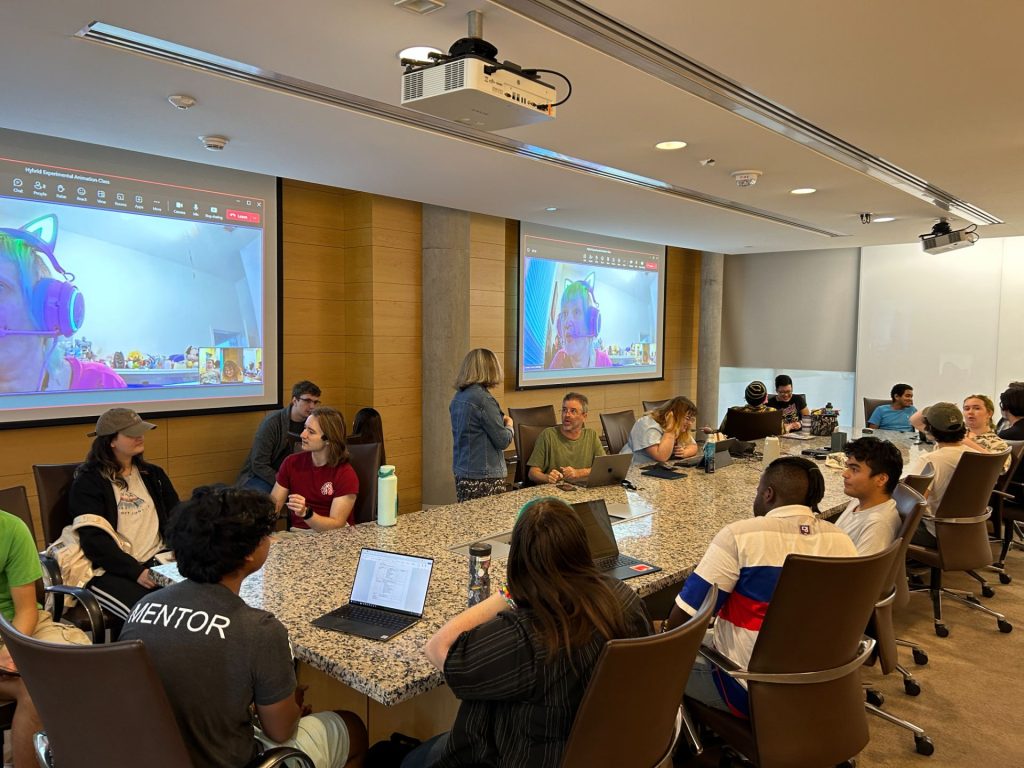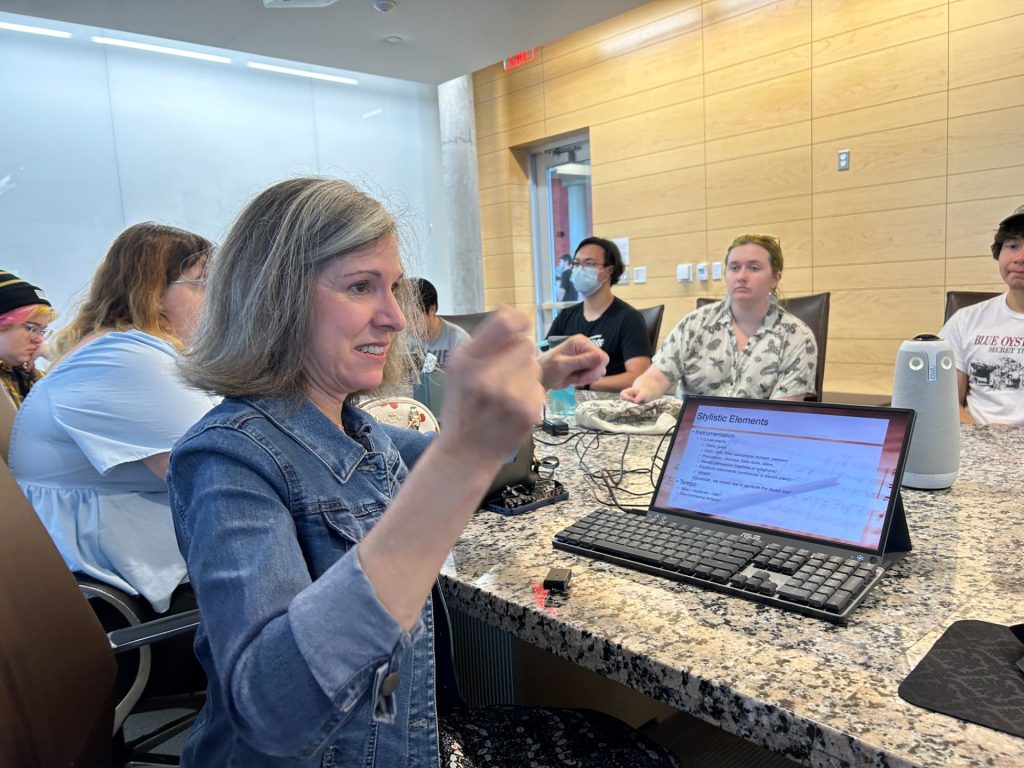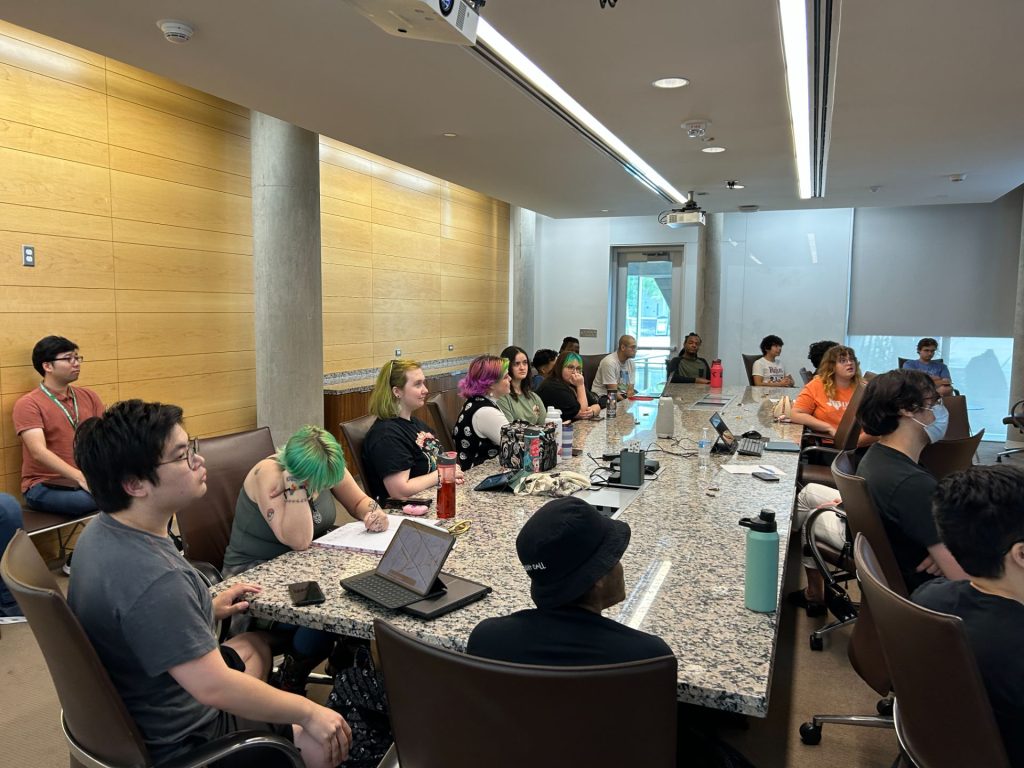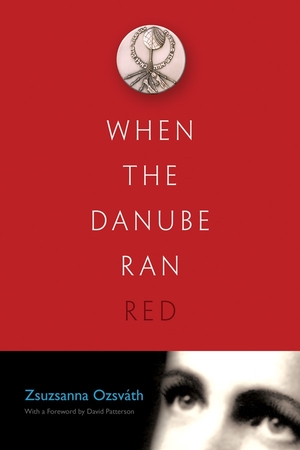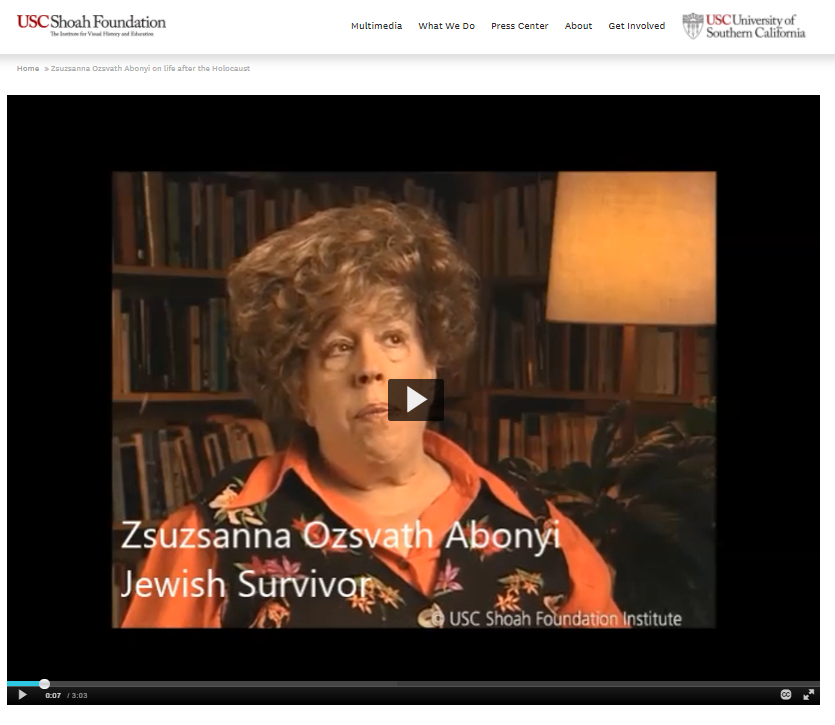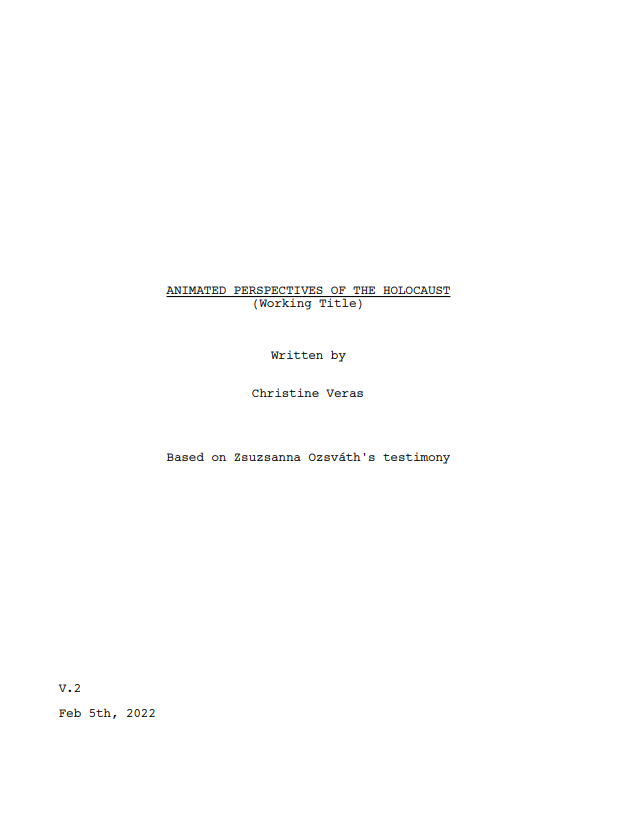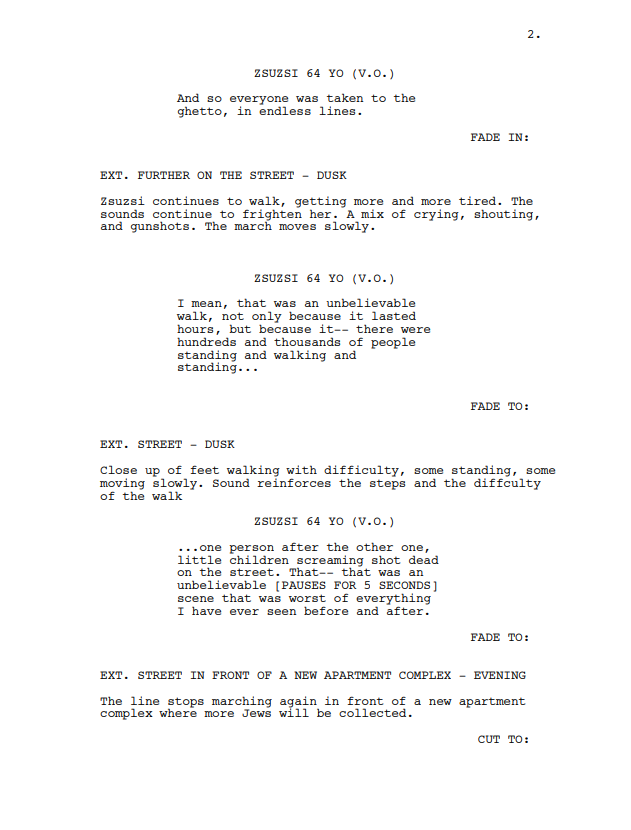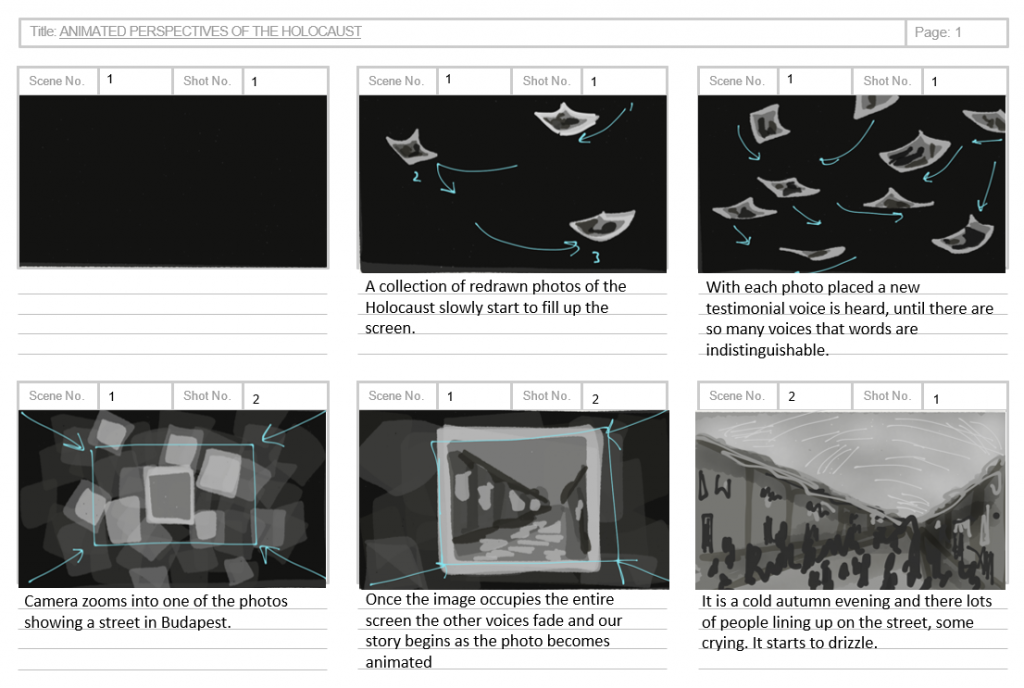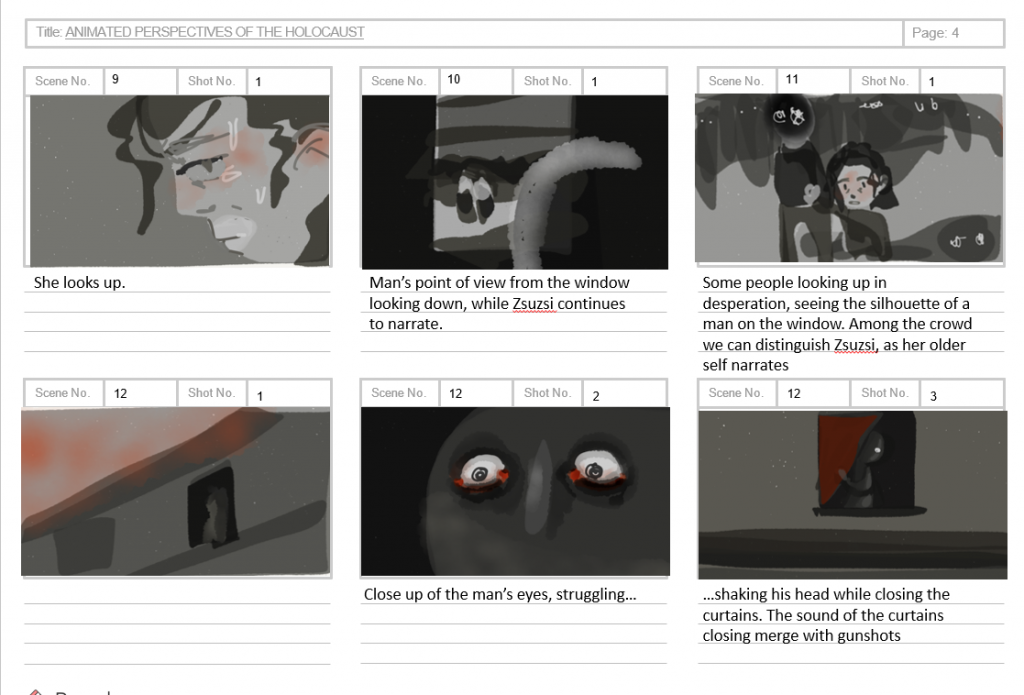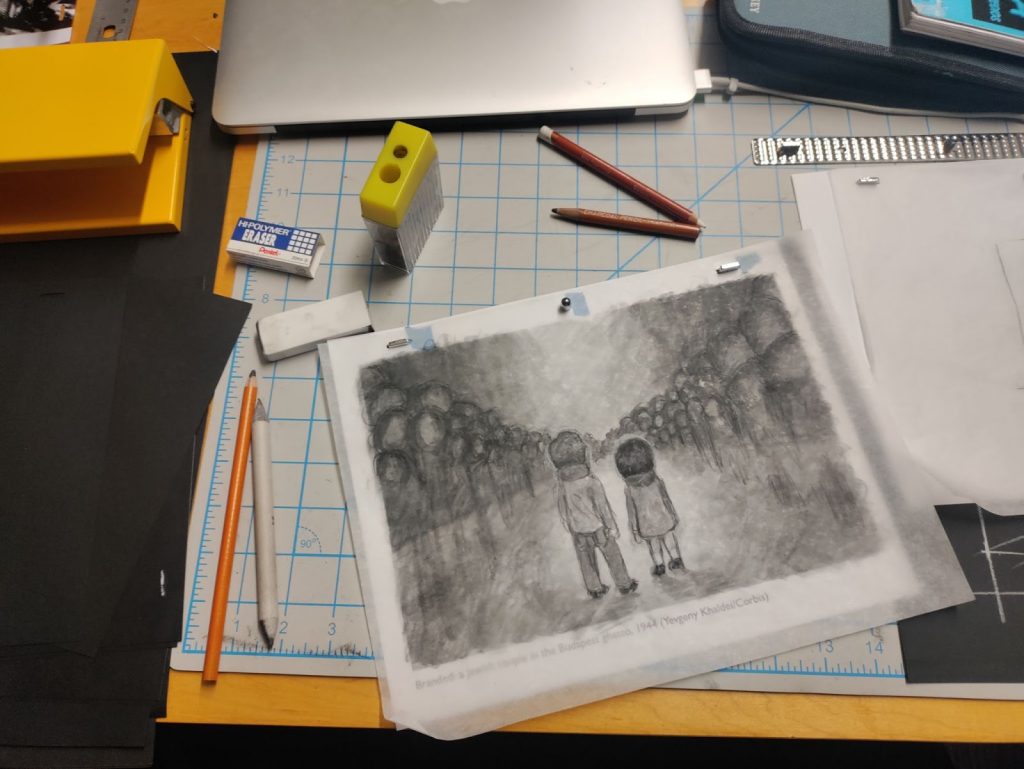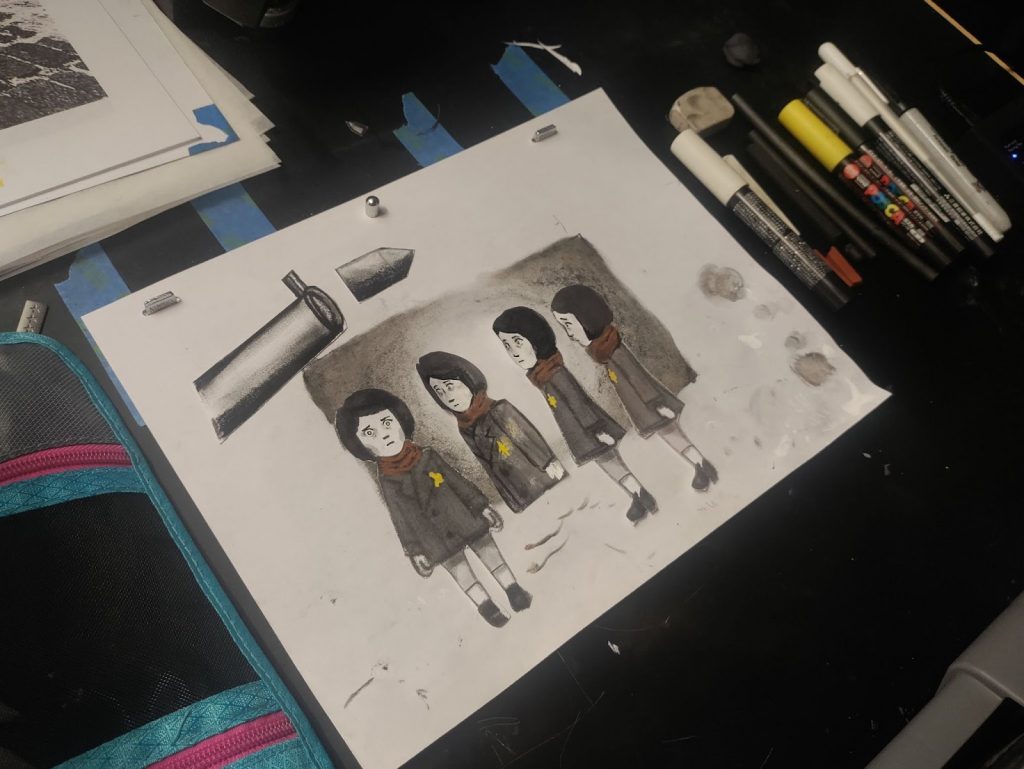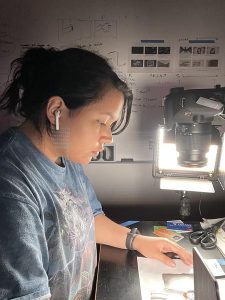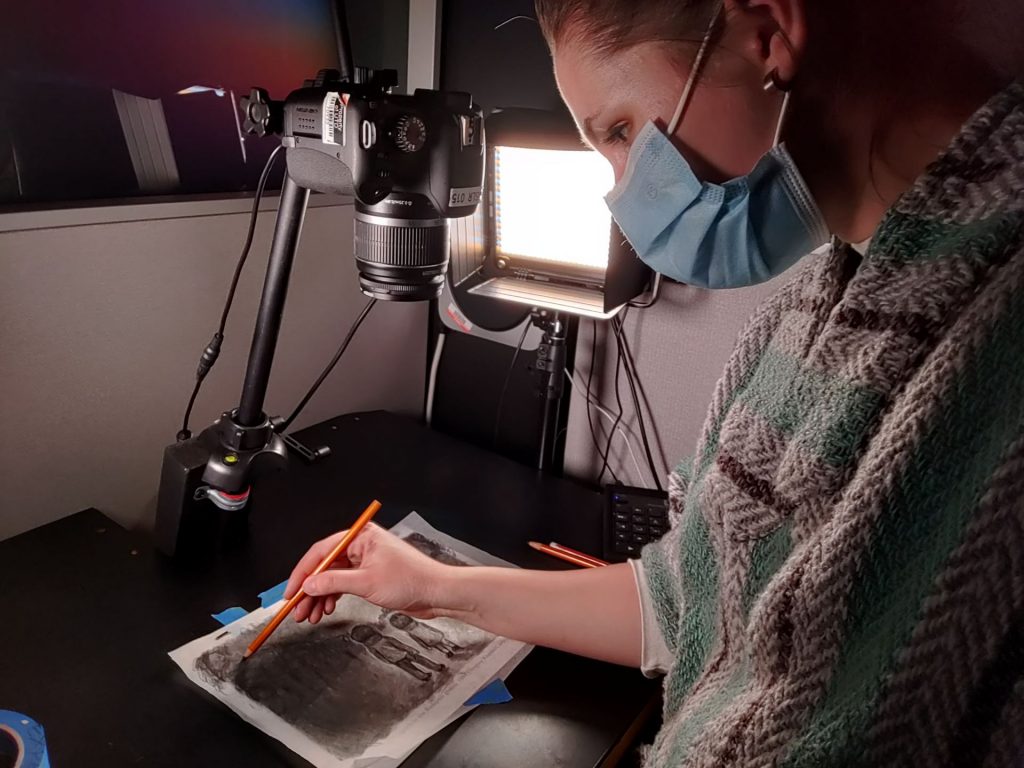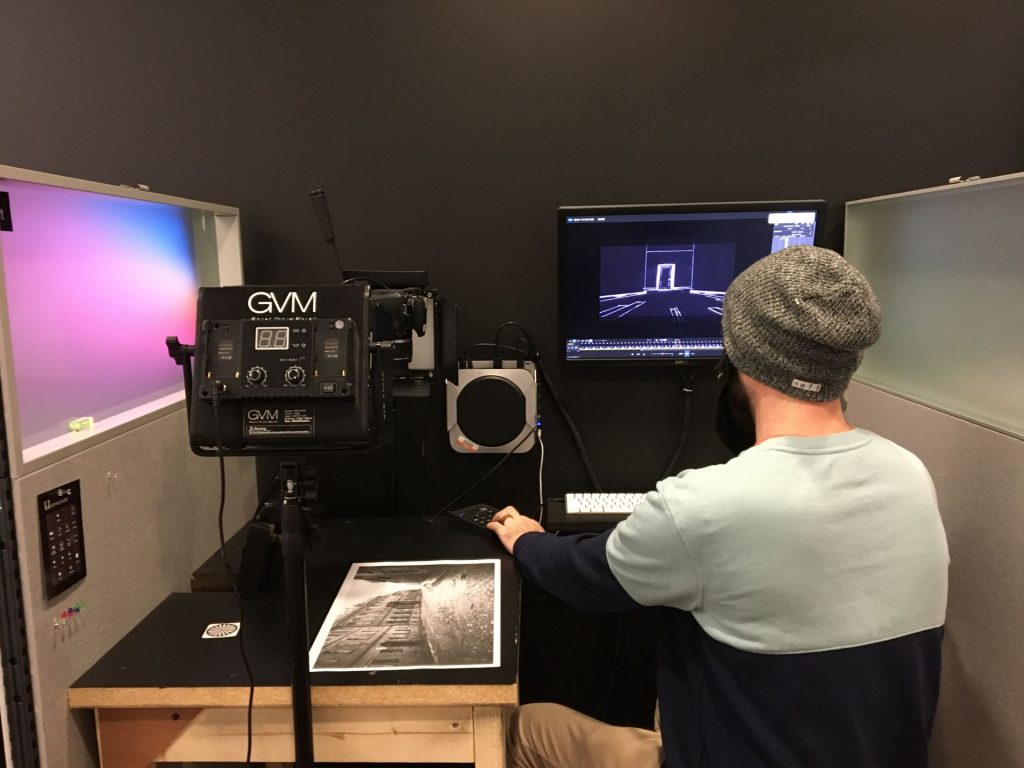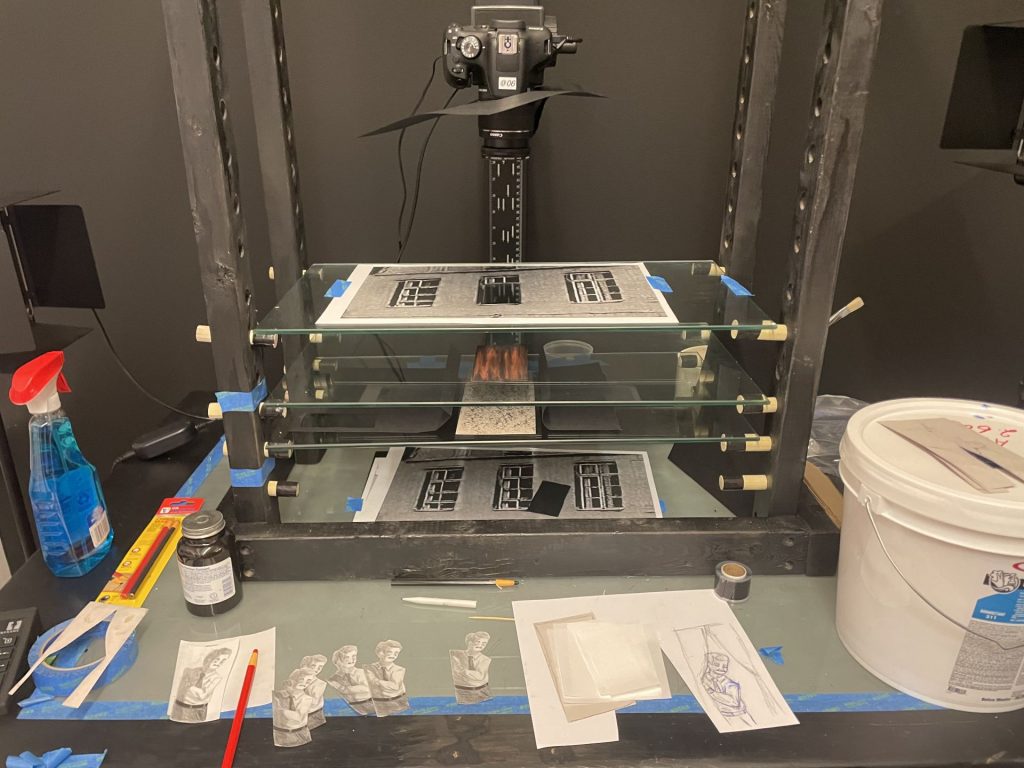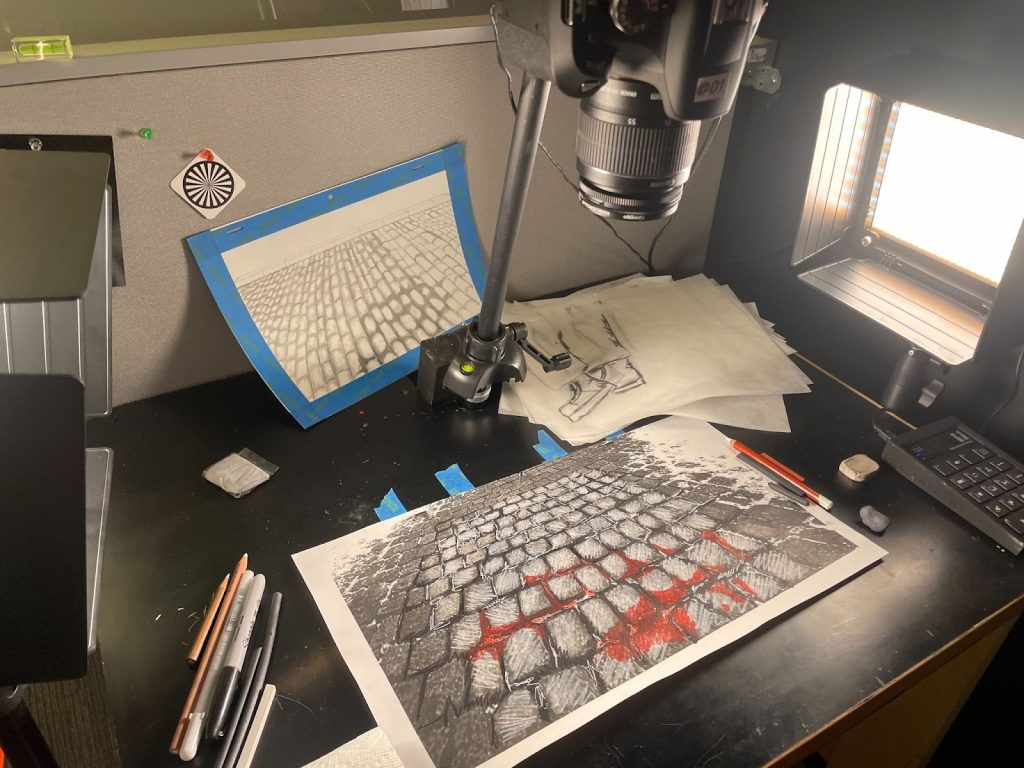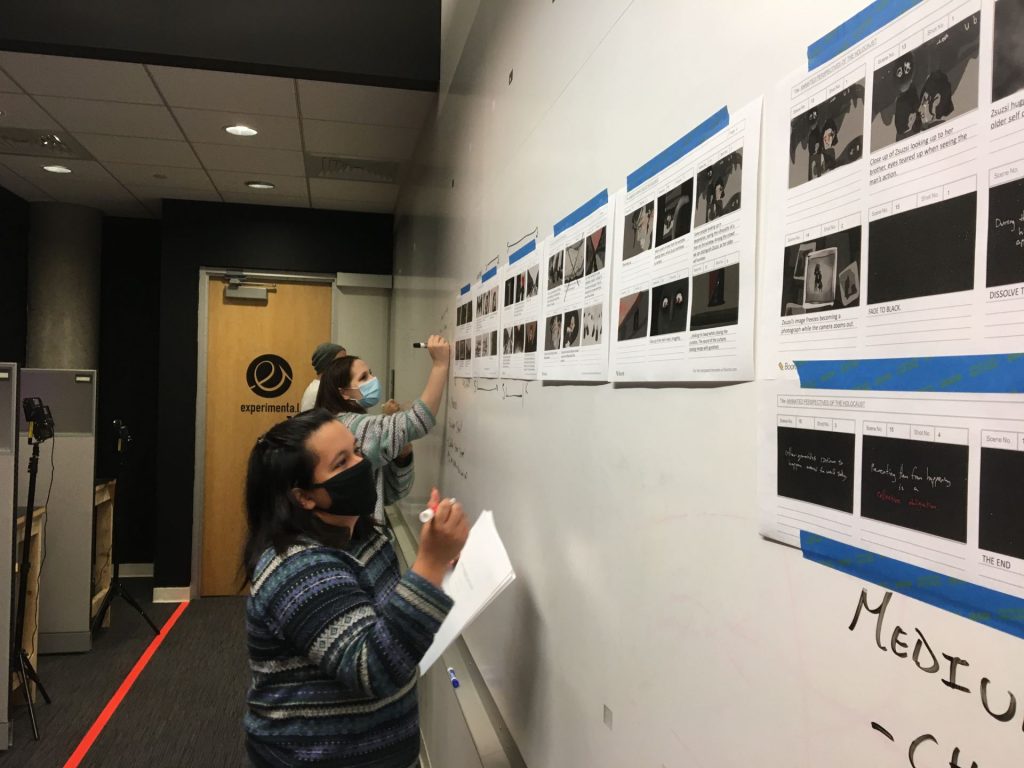This year at UTD, we are thrilled to continue our partnership with CITIA, the French production company that organizes the Annecy International Animation Festival, to showcase a global selection of short films that pay tribute to the rich artistry of animation. The short animations you will see are part of the “Best of Annecy 2025” program selection, combining a selection of shorts, mainly winning films from the latest Annecy International Animation Film Festival, with one tailor-made opening sequence created by students from GOBELINS Paris, celebrating the culture of this year’s honored country: Hungary.
The screening starts at 5 p.m. at the ATC Lecture Hall with a selection of the highlights of the experimenta.l. lab production to celebrate its fifth anniversary. These shorts are suitable for a General audience. The selected animations will be listed here soon.
At 7 pm, the screening of the Best of Annecy shorts also begins in the ATC Lecture Hall. Please note that these shorts are rated R and are intended for an audience of 16 years or older. More information on how to get there is available in the Comet Calendar.
ASIFA (Association Internationale du Film d’Animation) was founded in 1960 in Annecy, France, by a group of prominent animators and filmmakers, including renowned figures such as Norman McLaren, John Halas, and others. ASIFA’s goal was to promote animation as an art form, foster international collaboration, and support animators’ professional development.
ASIFA established International Animation Day (IAD) on October 28, commemorating Émile Reynaud’s Théâtre Optique, which is regarded as one of the earliest public performances of animated moving images in 1892. This day is now celebrated globally with screenings, events, and activities dedicated to the art of animation. For 2025, the Croatian artist Lucija Mrzljak designed the poster:

Below is the complete list of films from the highlights of the experimenta. lab shorts program, presented in the order they will be shown, at 5 pm in the ATC Lecture Hall.

Roundtrip Animation (2023)
Directed by Guido Devadder and Christine Veras
Technique: physical and digital phenakistoscopes, mixed media

Covid Habit (2021)
Directed by Elham Doust, Sara McClanahan, and Benjamin Wu
Technique: puppet stop motion

Wittle Wabbits (2023)
Animated by Mariana Rodriguez
Technique: paper cutouts

Horse Power (2021)
Directed by Christine Veras
Technique: rotoscope and mixed media

Dear Younger Me (2021)
Animated by Thomas Cross
Technique: paper cutouts

A Decree from the Stars (2022)
Animated by Marcelo Rocha
Technique: paper cutouts and EbSynth

The Fabric of Life (2024)
Animated by Margaret Ridley
Technique: fabric and paper props

Being Deaf-Erent (2023)
Animated by Muhab Ahmed
Technique: paper cutouts

Laika: The Patron Saint of One-Way Trips (2024) Animated by Audrey Wass
Technique: paper cutouts

Spell It Out Sweat It Out (2024)
Animated by Dillon Weaver
Technique: clay, pipecleaners, and paper

Siempre (2021)
Animated by Ana Villarreal
Technique: clay on glass

Bigfoot (Job) Hunting (2025)
Animated by Bridget Kleiner
Technique: clay, paper cutouts, fabric, and pixillation
Awarded the Most Innovative Capstone Project at the Bass School in 2025

Candy Reef (2024)
Animated by Meredith Frazier
Technique: candy

The Tale of Bulkóla (2024)
Animated by Holly Evans
Technique: hand-felted puppets and backgrounds

Made of Many Parts (2022)
Animated by Grace Burns
Technique: paper cutouts and hand drawings

Never Steal from Baba Yaga (2024)
Animated by Chloe Serimontrikul
Technique: clay, paper, and fabricated props

Spider Road Trip (2024)
Animated by Mickey Dolphin
Technique: paper cutouts

Fawn vs Fear (2024)
Animated by Mariana Rodriguez
Technique: paper cutouts, stamps, pixillation

A Successful Path (2022)
Animated by Martin Cho
Technique: paper cutouts and hand-drawn animation

Still Us (2024)
Animated by Ana Villarreal
Technique: clay on glass and paper cutouts
Awarded the Best Capstone Project at the Bass School in 2024

Page to Page (2024)
Animated by Colton Dillard
Technique: clay, paper cutouts, rotoscope, flipbook

Steamboat (2024)
Directed by Christine Veras
Technique: paper cutouts

UTD Premiere
Kinder Doll: A Kindertransport Story (2025)
Directed by Christine Veras
Technique: stop-motion puppet animation, paper cutouts, and mixed media
Below is the complete list of films from the Best of Annecy Program, presented in the order they will be shown, at 7 pm in the ATC Lecture Hall.

Virtuoso (2025)
Directed by Basile DIERAERT, Ayse Zeynep DIREK, GERTHOFFER Charlie, MEZZANOTTE Anna, and Chloe SCHAF
GOBELINS Paris
Watch the video

Murmuration (2025)
Directed by Janneke SWINKELS & Tim FRIJSINGER
Country: Netherlands and Belgium
Awards: Jean-Luc Xiberras Award for a First Film
Technique: puppet animation

At Night (2025)
Directed by Pooya AFZALI
Country: Iran
Awards: France TV Award for a Short Film
Technique: 2D computer

Sappho (2025)
Directed by Rosana URBES
Country: Brazil
Award: Alexeïeff – Parker Award
Technique: mixed techniques and animated objects

Naive New Beaters, Star Feminine Band “Ye Kou Si Kuo” (2024)
Directed by Lola LEFÈVRE
Country: France
Award: Cristal for a Commissioned Film
Technique: 2D computer

The Girl Who Cried Pearls (2025)
Directed by Chris LAVIS & Maciek SZCZERBOWSKI
Country: Canada
Technique: puppet animation

Between the Gaps (2024)
Directed by Martin BONNIN
Country: France
Awards: Jury Award – Graduation Films
Techniques: 2D computer, 3D computer

Les Bêtes (2024)
Directed by Michael GRANBERRY
Country: United States
Awards: Jury Award – Short Films
Vimeo Staff Pick Award for a Short Film in the Official and Off-Limits Categories
Technique: puppet animation

The Night Boots (2024)
Directed by Pierre-Luc GRANJON
Country: France
Awards: Cristal for a Short Film, Audience Award, André Martin Award for French Short Film
Technique: pinscreen


































